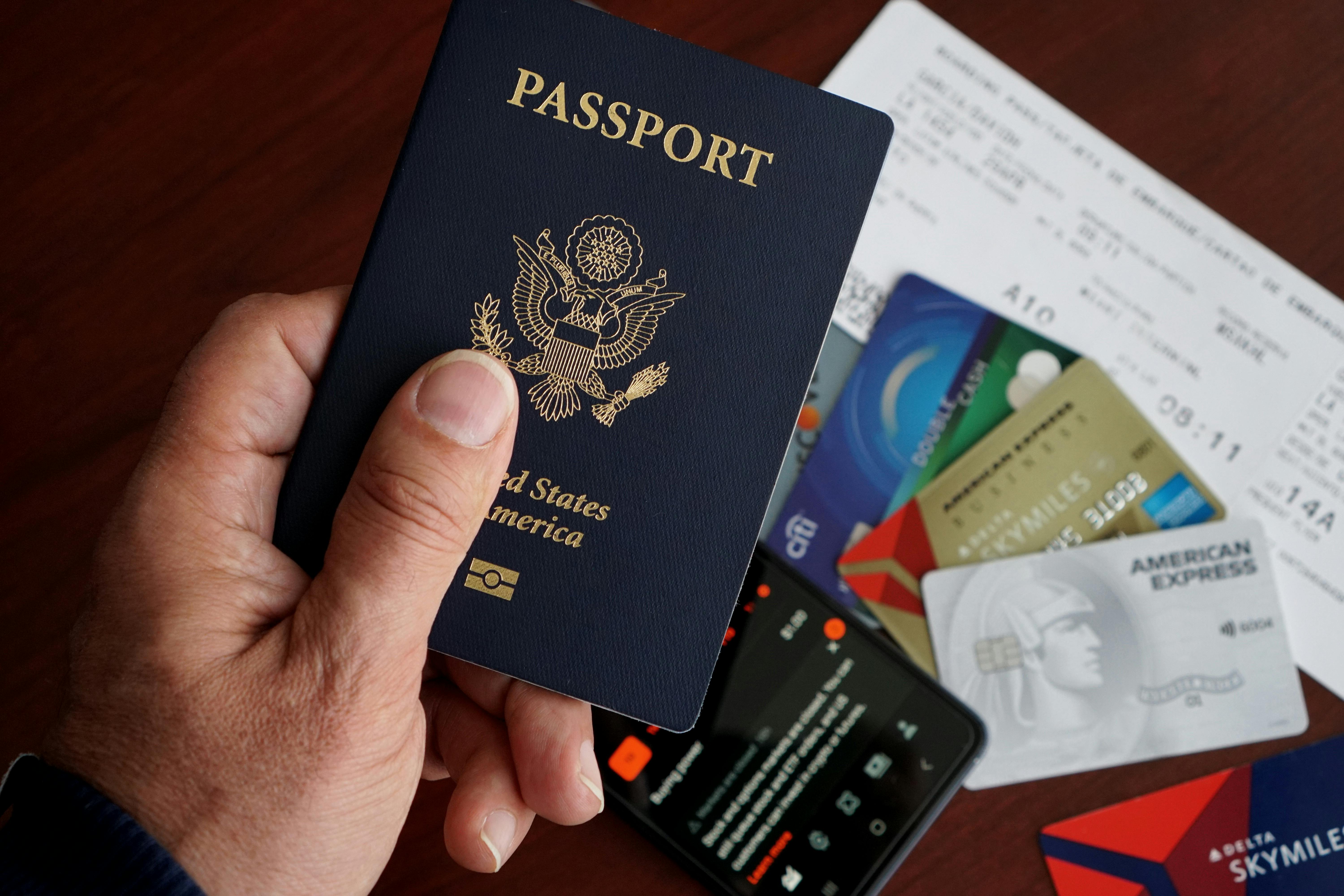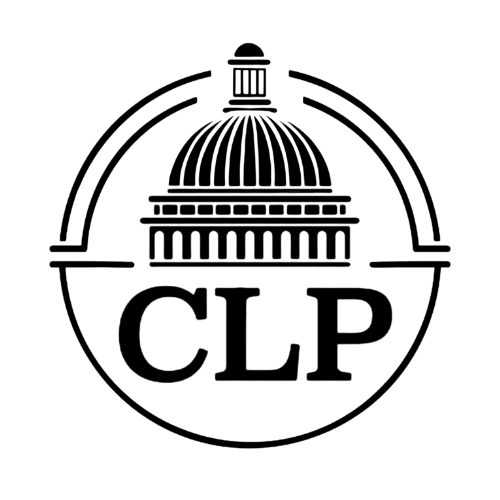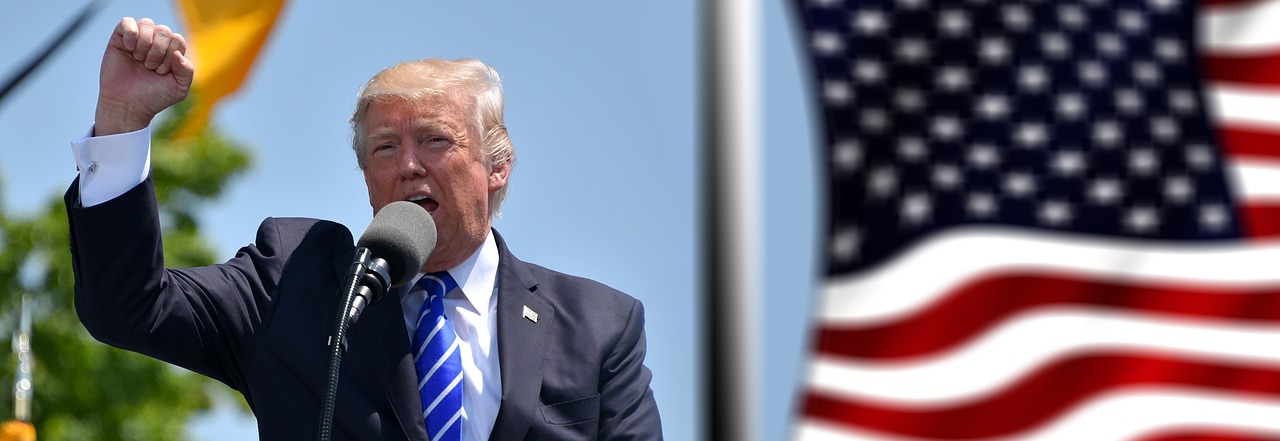· Visa · 3 min read
Understanding the H-1B Visa Process
An expert guide to the H-1B visa process, covering the annual timeline, lottery system, petition filing, and key preparation tips for applicants and employers.

Understanding the H-1B Visa Process
A Practical Timeline..
By Capitol Law Partners
The H-1B visa is one of the most sought-after work permits for skilled professionals aiming to build their careers in the United States. Reserved for specialty occupations in fields like technology, engineering, finance, and healthcare, it allows U.S. employers to hire foreign talent when specialized expertise is required.
While the opportunities are significant, the process is competitive, with a strict annual cap and a lottery system to determine who may apply. Understanding the timeline is essential for a smooth application — and avoiding missed deadlines.
Annual H-1B Timeline
The U.S. government’s fiscal year runs from October 1 to September 30, with the H-1B quota opening at the start of each fiscal year. The application process begins months in advance.
January – February: Preparation
This is when candidates and employers set the groundwork. The employer confirms sponsorship, and the applicant gathers essential documents such as diplomas, transcripts, and — if necessary — credential evaluations to confirm U.S. degree equivalency.
March: Online Lottery Registration
USCIS opens its online registration portal, typically in early March. Employers submit basic details about the applicant and pay a small registration fee. The registration window lasts around two weeks, followed by a lottery to determine which applicants can proceed.
April – June: Petition Filing
If selected, the employer files Form I-129 with USCIS, accompanied by a certified Labor Condition Application (LCA) from the Department of Labor. Premium Processing can speed up the decision to 15 days, while standard processing may take several months.
July – September: Approval & Visa Issuance
Applicants outside the U.S. attend a consular interview, while those already in the country can request a change of status. This is the final stage before the visa becomes active.
October 1: Employment Start Date
The new fiscal year begins, and approved H-1B workers can officially start employment under their visa status.
Example Timeline for FY 2026
Stage — Estimated Dates
Document preparation — Jan – Feb 2025
USCIS online registration — Early March 2025
Lottery results — Late March 2025
Petition filing — Apr – Jun 2025
Visa approval / status change —Jul – Sep 2025
Employment start date — Oct 1, 2025
Quick H-1B Application Checklist
- Confirm employer sponsorship
- Gather academic credentials & translations
- Obtain credential evaluation (if needed)
- Prepare for USCIS registration in March
- Complete LCA & Form I-129 if selected
- Attend consular interview or request status change
- Be ready to begin work on October 1
At Capitol Law Partners, we guide clients through every step of the H-1B process — from employer sponsorship to visa issuance — ensuring deadlines are met and documentation is flawless. With the right preparation and guidance, your path to working in the United States can be a clear and confident one.


